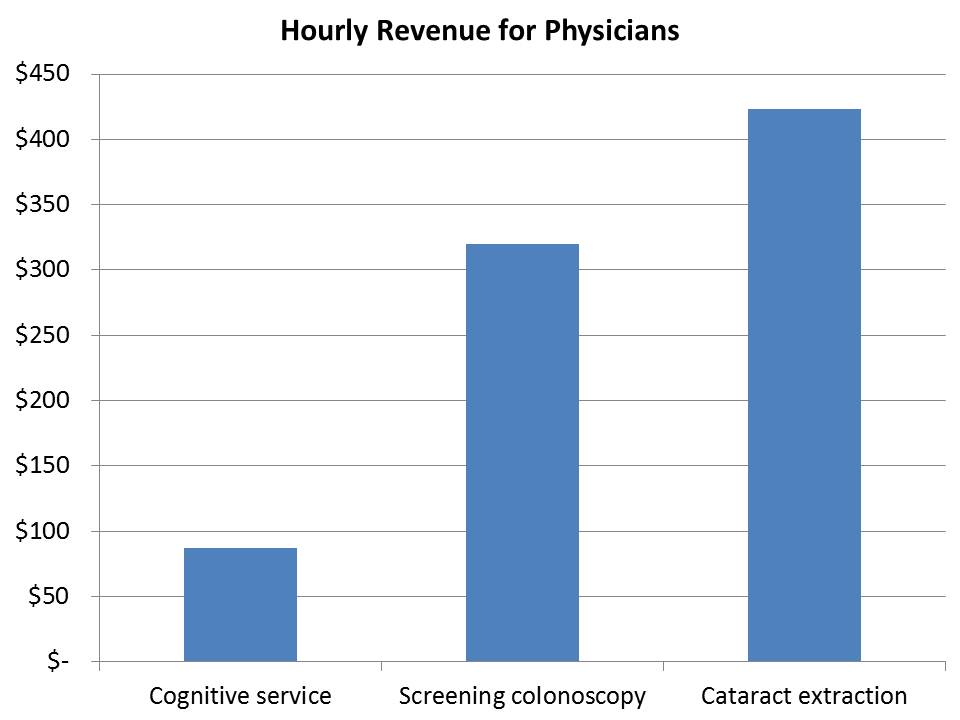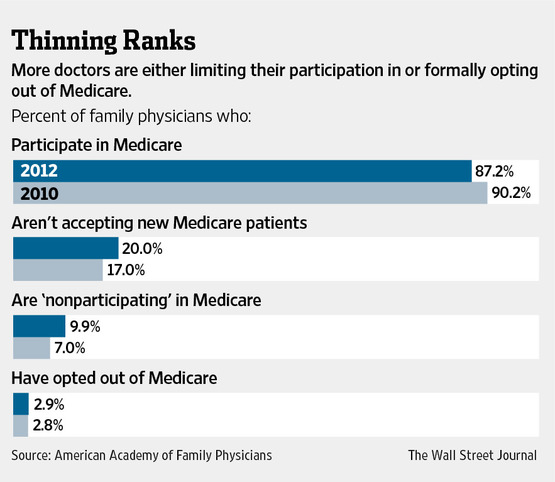This is Aaron Carroll:
The genius of this study is that it was conducted in the VA setting. Because it’s the VA, and the docs are salaried government employees, there no profit motive involved. If they do more, they don’t get paid more. Moreover, because they work for the federal government, malpractice is handled differently. Almost all cases are handled administratively. In fact, only three judgments were recorded against the U.S. for malpractice tort cases in 2010. Therefore, there is really no impetus to practice defensive medicine. Logic would tell us, therefore, that there is no reason to order unnecessary tests.
This study chose to look at myocardial perfusion imaging, which is often used inappropriately. In a four and a half month time period, they identified 332 patients who got the study in the VA system. Only 78% were clearly appropriate. 13% were inappropriate, and 8% were uncertain.
Why are docs doing this? My guess is that it’s just incredibly hard to change physician behavior. But what’s clear is that it’s not simply greed, and it’s not simply fear. Ironically, those things are easier to fix. We’ve got our work cut out for us.



